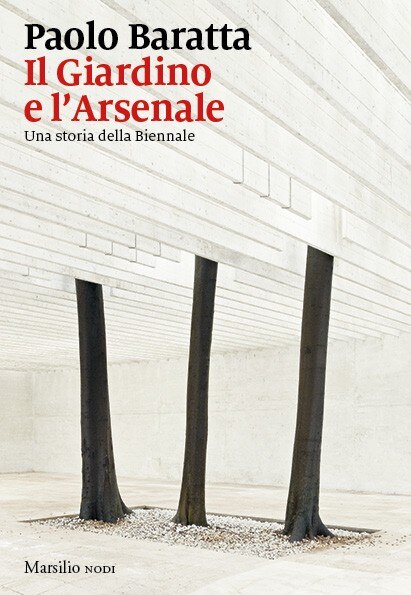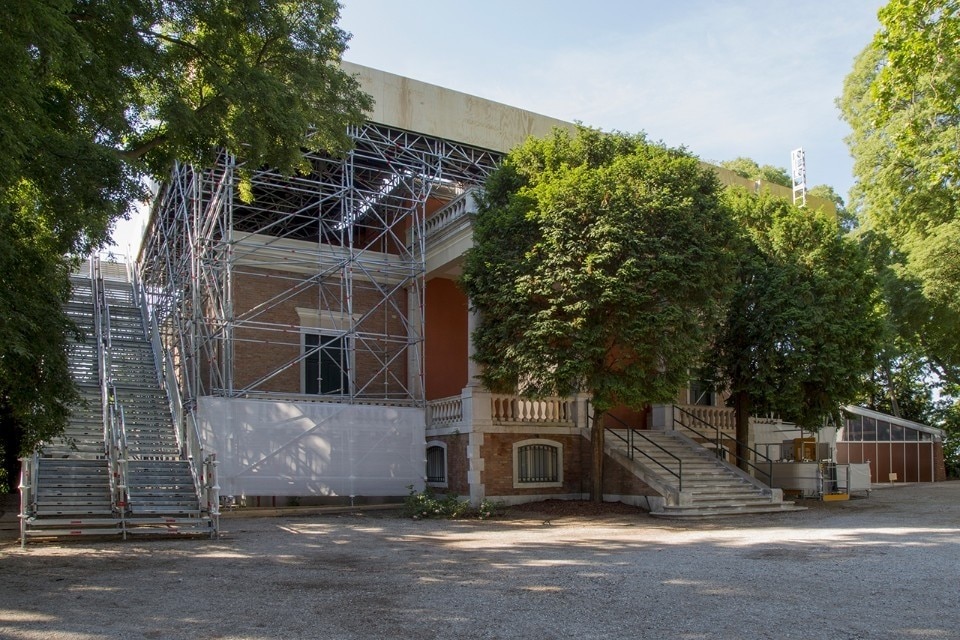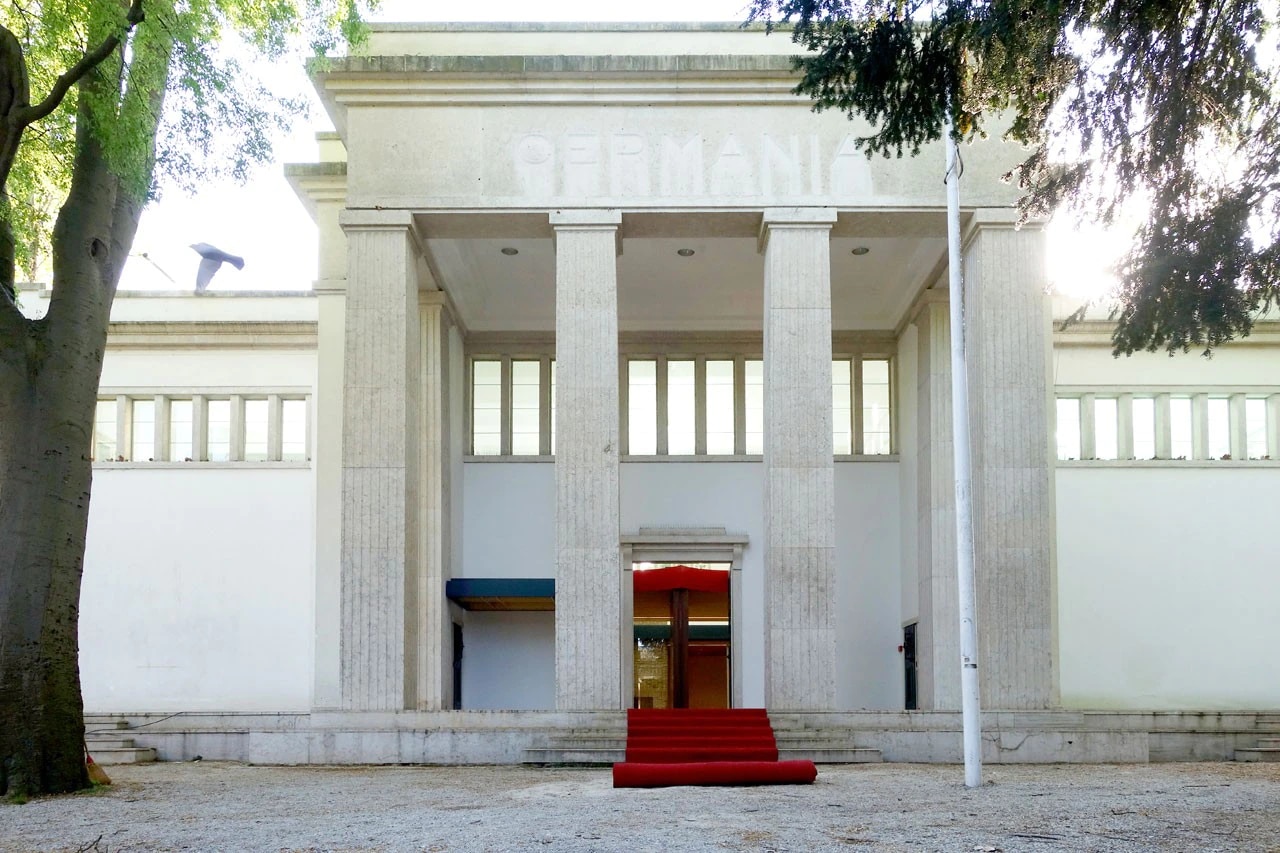“The artistic choices are the curator's, but the choice of the person to whom the Exhibition is to be entrusted expresses the cultural and artistic role of the Biennale's management”. These are the words with which Paolo Baratta describes the choice of curators and formulates the direction of the Biennale in his book Il giardino e l'arsenale. A history of the Biennale (Marsilio, Venice 2021). A thick volume of over four hundred pages in which he summarises his twenty years of experience as president of the most important cultural institution in Italy and the largest art event in the world. It is not purely an account, but a true “political memoir”, where he recounts the decision-making, the choices that had to be taken, the conceptual and practical organisation of an infinite series of initiatives and events that took place in the space (and sometimes outside it) of a city with unique characteristics, Venice. A set of actions that, as a whole, determined a “cultural policy”, perhaps the most lasting in the history of the institution and the most crucial for the history of the arts in Italy.

What Baratta delivers with this book is not the memoir of an old retired general, but a first-person account in the field of the history of institutions, a theme still too little dealt with in literature – even in the academic one. A story from the inside with a direct, first-person account. It is extremely useful not only to get to know a lot of facts, but to understand the decision-making structure, the personalities, profiles and organisation charts that determine the form of something that is often synthetized in just two arid and contradictory words: “culture” and “art”. Through the subjectivity of the personal narrative these facts become eloquent and rich in temperament and show once again the reasons for the recent revival of oral and first-person theory and history, stimulated by the new multimedia narratives.
Baratta's narrative is measured, even if there is no lack of indiscretions and the physiognomy of the many figures encountered is almost a stylistic mark of the author, but its aim is above all to explain and communicate a decisive experience, within the framework of the last two decades, of the world of tourism, educational action, communication, of the relationship between urban strategies and urban spaces, the relationship between State and local authorities, of artistic actions and many other things the Biennale represents and will represent in time.
Rich in context, premises and in-depth analysis to understand the long and short-term panorama in which decisions were being taken and discussed, the book gives us a piece of Italian history, where the author is protagonist of a crucial change in the form of the Biennale institution: the transformation of a public body that operates as a company. Raised in Pasquale Saraceno's Svimez, with significant positions in institutions such as the Nuovo Banco Ambrosiano, of which he was vice-president for some time, Baratta was in fact the first managerial figure to lead an Italian institution dedicated to creative-artistic organisation. This “public” economist carried out a historic task, which formally consisted in implementing the reform of the institution introduced in 1998, but which in substance was a great administrative-institutional experiment at a national level, and which then had numerous - still all to be evaluated - emulations and applications.
What Baratta delivers with this book is not the memoir of an old retired general, but a first-person account in the field of the history of institutions, a theme still too little dealt with in literature.
Explicitly, his tasks consisted in “implementing the statute and reorganising the offices, introducing a private collective agreement”, directing the “intertwining of means and ends of the economic management of the institution (efficient, but not remunerative for a capital) and the dialectic between institutional stability and maximum openness to new ideas”. A renovatio structurae that intertwined with a forma urbis, or rather with “a basic intervention on the sites” where the complex and multiple artistic events of the Biennale take place.
In Baratta's account, as can be deduced from the title of the book, this intervention on the sites was “extremely important for the identity of the institution and the start of the new management” and was essential in determining new relationships between State and city, between ministries and municipalities, between international participations and local bureaucratic bodies. In this context, beyond the renovation of the buildings and open spaces of the Giardini, it is the discovery of the Arsenale that constitutes the great urban reform and physical change. The pages in which the relationship with the Marina and its various figures are recounted are in this sense exemplary to understand what it really means to be involved in transformation processes and not produce subordinate art and knowledge. For Baratta's physical-spatial action, “the Biennale needed public assets and resources that could only be found by intervening in public spaces that had to be restored and renovated, diverting the contributions received from the municipality to the redevelopment and reuse of a historical structure, i.e. allocating the sums received from the state to the valorisation of public heritage.”

In terms of the artistic management, Baratta interprets the Biennale as “a research institution”. Right from the start of his tenure, however, he abandoned the idea of “directors as professors”, that is, of specialists who became sector directors and gathered together in a scientific committee, carried out research and implemented the choices of curators they trusted for the individual events. He chose to opt for “sector directors”, appointed by the administrators as individuals who completed the organisation, who were themselves capable of proposing and carrying out projects, in short, real “curators”. This was the second profound discontinuity with the previous institutional organisation, established by the post-1968 statute of 1973.
The convergence of these two renewals meant that during Baratta’s long mandate the Biennale, no longer a state body, was transformed into “an enterprise of knowledge and awareness". And awareness has given us a remarkable series of completed projects, even though imperfect - in the sense they must be continued and developed over time, always looking to the future rather than the present. The future of the relations with the city, the future of an international perspective that has radically changed, the future of how creative activities can be produced, organised, managed and carried out in extremely diverse sectors.
If we look, from the perspective of this book, at the immense work that is under way - to which funding from the Resources Decree has given a new impetus with the definitive approval of the construction of the renovated Historical Archive of Contemporary Arts, which will be the physical centre of the Arsenale and the heart of the institution - we cannot but recognise that the author's precise definition of the Biennale as a “changeable garden and robust arsenal” is not so much an acknowledgement of his own work as a profound hope for its future.
Opening image: View of the German Pavilion “Bungalow Germany” at the 14. Biennale di Venezia. © CLA / Photo Bas Princen


